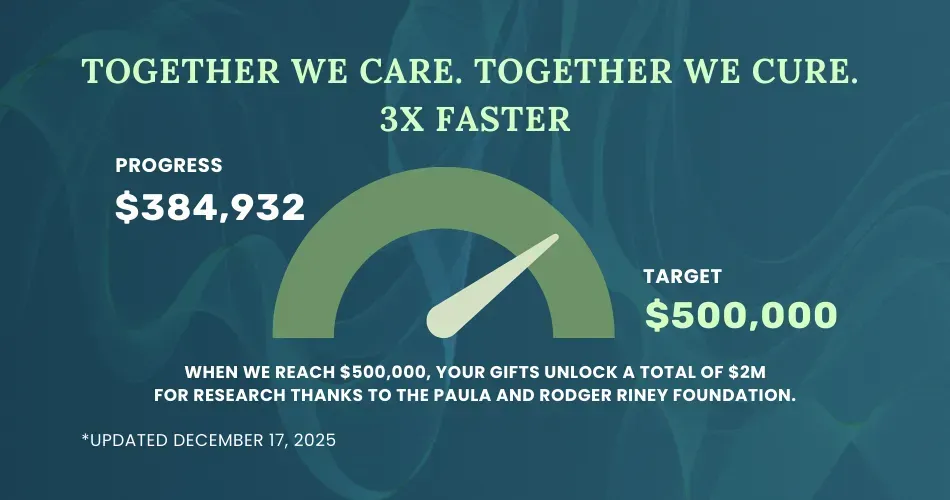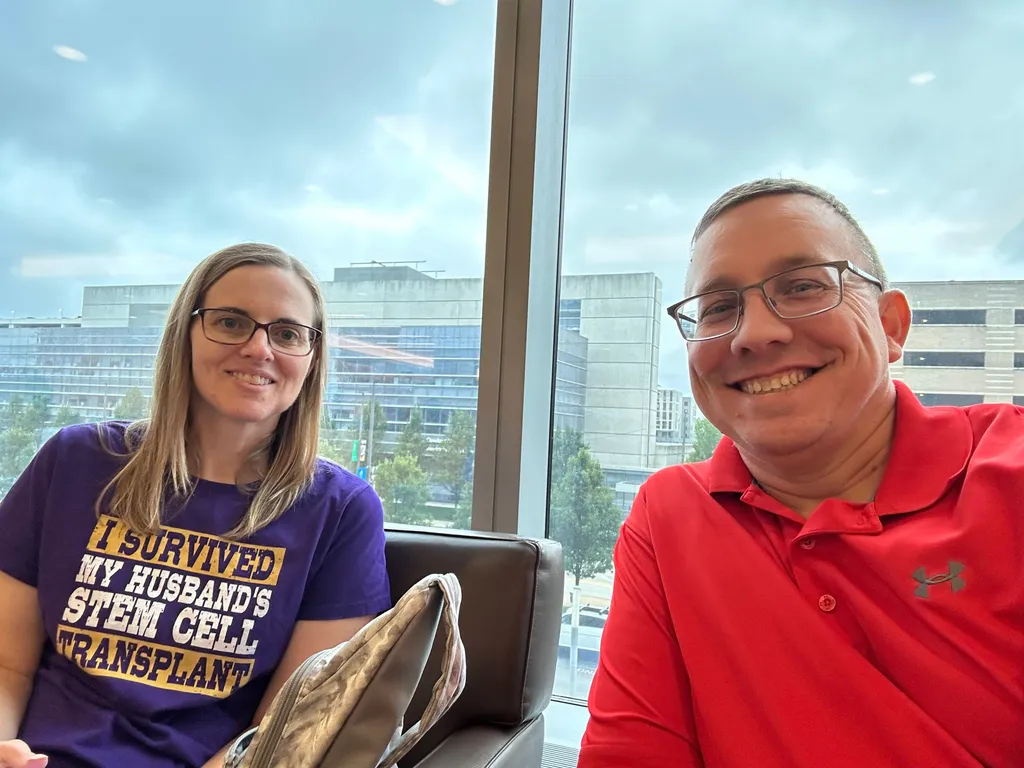How long will I live with Chronic Eosinophilic Leukemia?
Life Expectancy with Chronic Eosinophilic Leukemia
Chronic Eosinophilic Leukemia (CEL) is a rare and complex disease, and as such, it is difficult to provide a definitive life expectancy. The prognosis varies greatly depending on a number of factors, including the patient's overall health, the stage of the disease at diagnosis, and the specific genetic mutations present. However, with appropriate treatment, many patients can live for several years after diagnosis.
Statistics on Life Expectancy for Chronic Eosinophilic Leukemia
Due to the rarity of CEL, there is limited data available on life expectancy. However, some studies suggest that the median survival time is around 22 months from diagnosis. It's important to note that this is a median value, meaning that half of patients live longer than this. Additionally, these statistics are based on historical data and may not fully reflect the potential benefits of newer treatments.
Factors Affecting Prognosis for Chronic Eosinophilic Leukemia
- Overall Health: Patients who are otherwise healthy at the time of diagnosis tend to have a better prognosis.
- Stage of Disease: The stage of the disease at diagnosis can significantly impact prognosis. Early detection and treatment can improve survival rates.
- Genetic Mutations: Certain genetic mutations can affect the course of the disease and response to treatment. For example, patients with the FIP1L1-PDGFRA fusion gene tend to respond well to treatment with imatinib, a targeted therapy.
- Response to Treatment: Patients who respond well to initial treatment often have a better prognosis.
- Age: Younger patients generally have a better prognosis than older patients.
Each of these factors can significantly impact the course of Chronic Eosinophilic Leukemia and the patient's overall prognosis. Therefore, it's important for healthcare providers to consider all of these factors when discussing prognosis with patients and their families.
Want to Learn More About Chronic Eosinophilic Leukemia?
Keep reading HealthTree for Chronic Eosinophilic Leukemia's 101 pages!
Life Expectancy with Chronic Eosinophilic Leukemia
Chronic Eosinophilic Leukemia (CEL) is a rare and complex disease, and as such, it is difficult to provide a definitive life expectancy. The prognosis varies greatly depending on a number of factors, including the patient's overall health, the stage of the disease at diagnosis, and the specific genetic mutations present. However, with appropriate treatment, many patients can live for several years after diagnosis.
Statistics on Life Expectancy for Chronic Eosinophilic Leukemia
Due to the rarity of CEL, there is limited data available on life expectancy. However, some studies suggest that the median survival time is around 22 months from diagnosis. It's important to note that this is a median value, meaning that half of patients live longer than this. Additionally, these statistics are based on historical data and may not fully reflect the potential benefits of newer treatments.
Factors Affecting Prognosis for Chronic Eosinophilic Leukemia
- Overall Health: Patients who are otherwise healthy at the time of diagnosis tend to have a better prognosis.
- Stage of Disease: The stage of the disease at diagnosis can significantly impact prognosis. Early detection and treatment can improve survival rates.
- Genetic Mutations: Certain genetic mutations can affect the course of the disease and response to treatment. For example, patients with the FIP1L1-PDGFRA fusion gene tend to respond well to treatment with imatinib, a targeted therapy.
- Response to Treatment: Patients who respond well to initial treatment often have a better prognosis.
- Age: Younger patients generally have a better prognosis than older patients.
Each of these factors can significantly impact the course of Chronic Eosinophilic Leukemia and the patient's overall prognosis. Therefore, it's important for healthcare providers to consider all of these factors when discussing prognosis with patients and their families.
Want to Learn More About Chronic Eosinophilic Leukemia?
Keep reading HealthTree for Chronic Eosinophilic Leukemia's 101 pages!
Trending Articles
Get the Latest Chronic Eosinophilic Leukemia Updates, Delivered to You.
By subscribing to the HealthTree newsletter, you'll receive the latest research, treatment updates, and expert insights to help you navigate your health.
Together we care.
Together we cure.
3x Faster.




